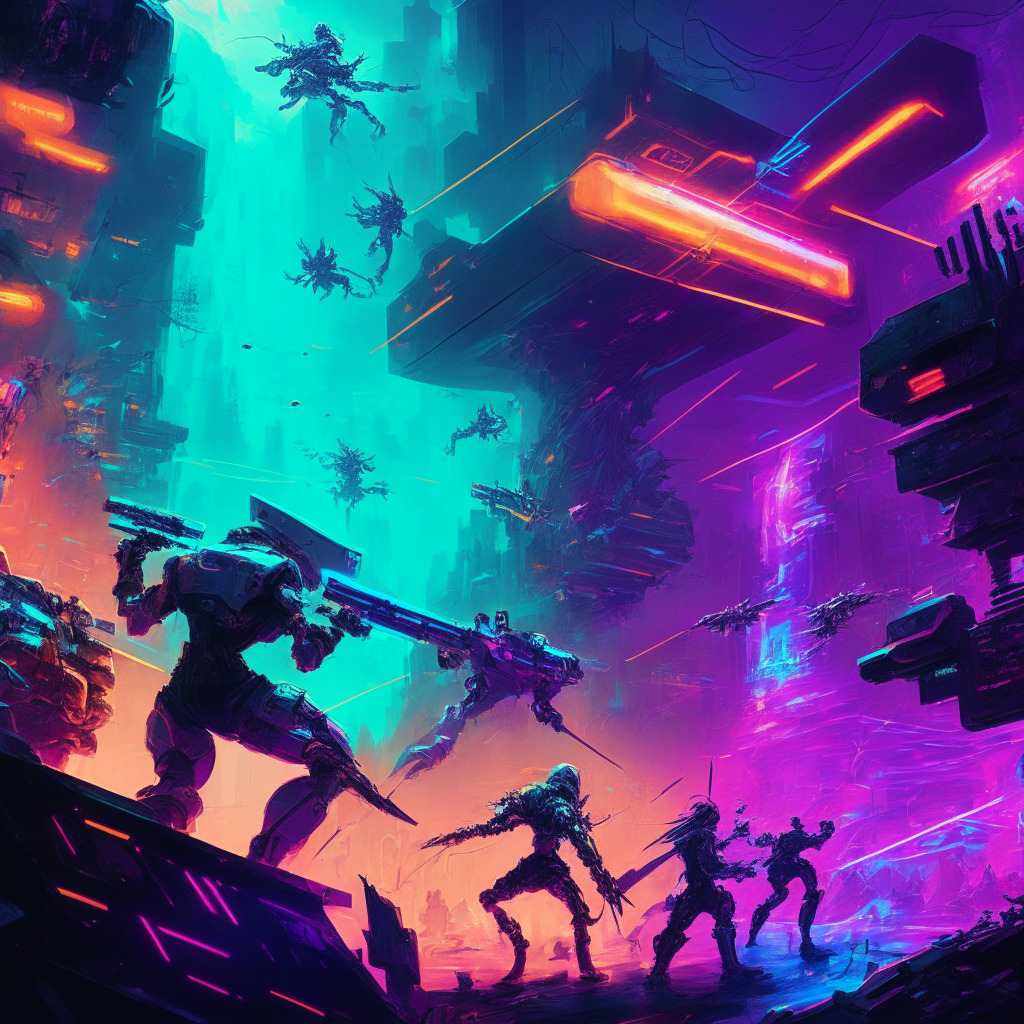Recently, Krafton, the mastermind behind PlayerUnknown’s Battlegrounds (PUBG), has embarked on a Web3 journey with Settlus, a Cosmos-fueled blockchain project designed expressly for the creative economy. The objective of Settlus is to equip content creators with a payment platform offering a transparent payment process. This project holds exciting prospects, what with PUBG boasting a significant 30 million active users monthly.
Perhaps even more thrilling is the prospect of a metaverse project called Migaloo, which focuses on user-generated content and allows creators to automatically generate non-fungible tokens (NFTs) of their digital content, earning royalties from platform sales.
But as we celebrate these milestones, we have to acknowledge the existing tussle between Web3 games and traditional gaming behemoths for players’ wallets. As it appears, Web3 games and traditional games are much alike in monetary expectations. Both camps are interested in a share of the profit pie, with only the distribution details varying.
Take for instance the free-to-play multiplayer online game League of Legends, which raked in a hefty $1.75 billion in revenue for Riot Games in 2020, mainly from cosmetic skin sales. Compare this to FIFA’s Ultimate Team mode. Despite charging players a premium, this franchise managed to net its publisher, Electronic Arts, $1.62 billion in content revenue in 2021. This, however, doesn’t discount the reality that Web3 gaming is yet to match traditional gaming terms of user base. The most popular Web3 game, Axie Infinity, had a daily average user count in the tens of thousands, paling in comparison to Roblox’s millions.
Perhaps the solution to this lies in creating better, more engaging games in the Web3 space, rather than merely focusing on monetization.
On the other hand, Animoca Brands, the company that raised $20 million in a funding round to fast-track the development of its Mocaverse project, is also worthy of note. As part of the funding round, the company is set to launch its non-transferable NFT collection named Moca ID. This collection would allow owners to create their on-chain identities and actively participate in the Mocaverse. With such backing from a strong brand like Animoca, it begs the question – will this injection of $20 million be sufficient for the creation of this ambitious system?
Given all these developments, it is clear that the Web3 gaming space is quickly digitalizing. This evolvement is likely to accelerate with time, ushering us into a world where traditional gaming and Web3 gaming coexist, vying for the attention and wallets of players across the globe. The line between the two is blurring, and soon, there might be little to distinguish one from another.
Source: Cointelegraph




